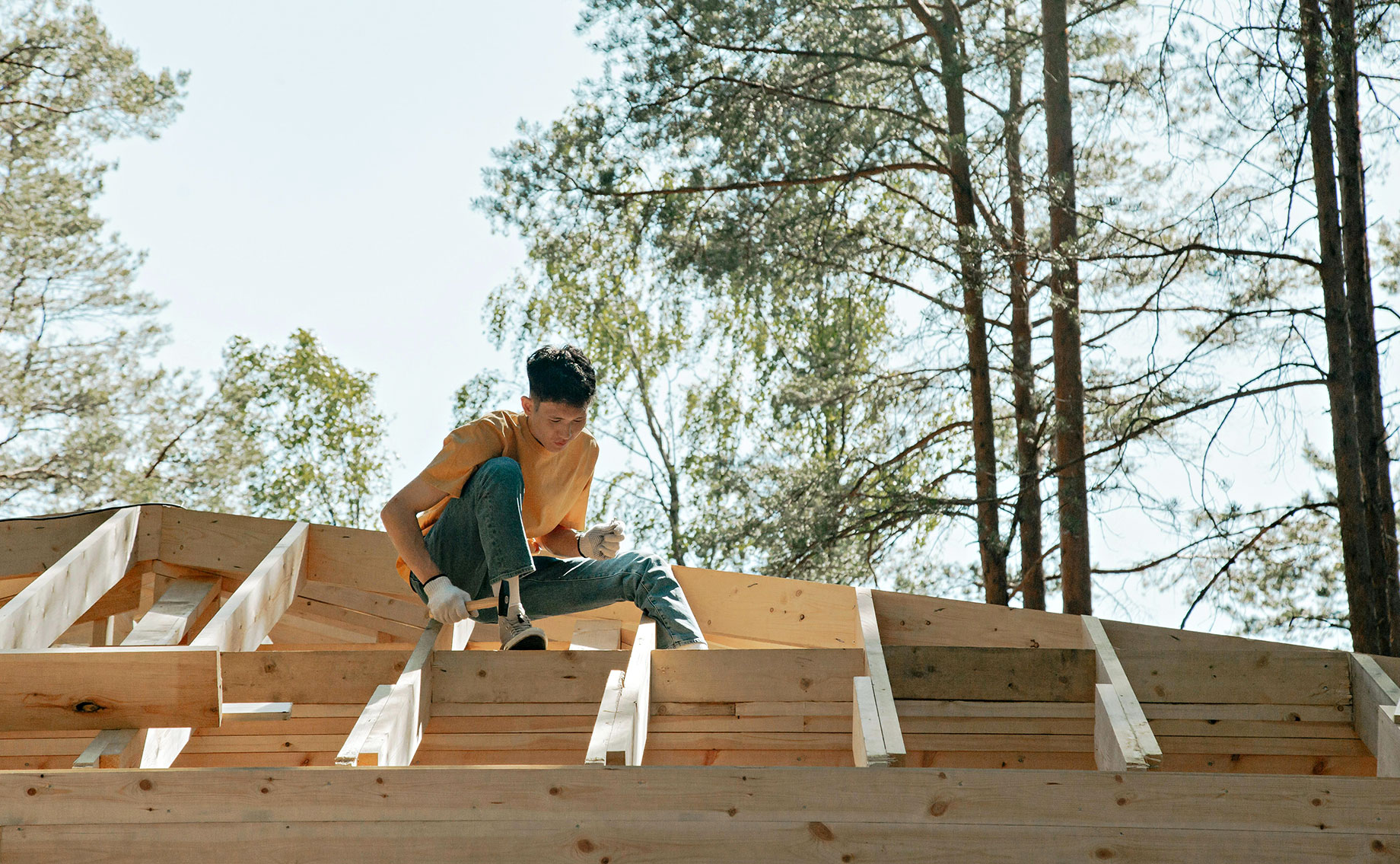
Let’s be honest—your roof probably isn’t something you think about often. But it quickly becomes a priority when you start noticing leaks, missing shingles, or signs of wear. An upgrade may seem like a big task, but it’s one of the smartest investments you can make in your home. A little planning now can help you avoid costly problems later and even boost your property’s value and energy efficiency.
If you live in an area where the weather changes often, keeping your home protected from the elements is essential. That’s where Gatlinburg-area homeowners, for example, have an edge when they choose professional guidance. Knowing what to look for and who to work with can make the process smoother, whether it’s age, damage, or simply time for a fresh start. Below are things to think about before moving forward with a roofing project.
Assess the Age and Condition of Your Current Roof
Start by checking how old your current setup is. Depending on materials, most systems are designed to last anywhere from 15 to 30 years. If your home is older and hasn’t had any recent upgrades, it’s worth getting an inspection. Look for curling shingles, soft spots, or signs of water damage inside and outside. These are common indicators that something needs to be done. Regular wear is normal over time, but spotting problems early makes it easier to plan your upgrade on your own terms.
Choose a Trusted Roofing Partner
The company you choose will play a big role in how smoothly everything goes. You want someone who communicates well, sticks to timelines, and doesn’t cut corners. A good roofer like Sol Vista Roofing will help you pick the right materials, stay within budget, and keep your project on track. You can visit solvistaroofing.com to find out how these professionals can make your roof replacement journey smooth. The right professionals offer detailed inspections and walk you through every step of the process—from materials to final clean-up—so you know exactly what to expect.
Understand Material Options and What’s Best for Your Home
There’s no one-size-fits-all solution. Materials like asphalt, metal, tile, and synthetic each have their benefits. Asphalt is affordable and widely used, while metal is durable and great for energy savings. Tile offers a classic look and lasts long but may be heavier. Your contractor can help you weigh the pros and cons of each option based on your home’s structure, climate, and budget.
Factor in Energy Efficiency
Upgrading your roof isn’t just about protection—it can also help lower your energy bills. Some materials reflect heat better, while others offer improved insulation. Choosing a setup with energy-efficient features helps your home stay cooler in summer and warmer in winter. It’s a smart move that can reduce long-term costs.
Consider Your Budget and Hidden Costs
Know what you’re prepared to spend, but expect some extra expenses. Removing old materials, repairing wood underneath, and getting permits can increase your total cost. Get a detailed estimate up front and ask about any possible surprises. Investing a little more now can prevent bigger issues down the road.
Think About Curb Appeal and Home Value
An upgrade doesn’t just protect your space—it can also improve how your home looks. If you’re planning to sell in the future, the right design and material can boost curb appeal and attract buyers. Even if you’re staying put, pulling into the driveway and loving what you see feels good. Choose colors and styles that match your home’s exterior. A modern, clean finish can make your whole property feel refreshed, not just the top of it.
When to Schedule Your Upgrade
Believe it or not, when you schedule your project matters. Spring and fall are usually ideal because of milder weather, which allows for smoother installation. If you wait too long, you might run into long wait times due to high demand, especially during peak seasons. Planning ahead helps you avoid delays and makes it easier to choose the best contractor. If you’re noticing signs of damage, don’t wait too long to act—weather can quickly worsen small problems.
Understand Warranty and Insurance Coverage
Before signing any agreements, make sure you understand what’s covered. Some warranties protect the materials, while others cover the work itself. You’ll also want to talk to your insurance provider. In some cases, part of your upgrade may be eligible for coverage, especially if it’s due to storm damage or other unexpected issues. Get everything in writing and ask questions if something isn’t clear. A strong warranty gives peace of mind and protects your investment.
Plan for Minimal Disruption During Installation
Any major home improvement will come with some noise and activity, but good planning helps limit the impact on your daily routine. Ask the contractor how long the project will take and what you can expect each day. Cover plants, move outdoor furniture, and keep pets or kids safely away from the work zone. Most reputable companies will clean up at the end of each day, so you’re not left dealing with a mess. Clear communication makes the whole process easier for everyone involved.
Don’t Skip the Final Inspection
Once the job is done, don’t assume everything went perfectly—take a final walkthrough. This is your chance to ask questions, point out anything that seems off, and make sure clean-up is complete. A good contractor will be happy to explain what was done and show you photos or documentation. It’s a simple step, but it helps ensure that everything meets your expectations before you sign off on the work.
Upgrading isn’t just about fixing problems but improving comfort, safety, and value. With the right choices, a new roofing system can protect your home for years while lowering your energy bills and improving curb appeal. From picking a reliable contractor to understanding your options and timeline, each decision adds up. Take the time to plan wisely, and you’ll end up with results that last—and a home that feels even better than before.